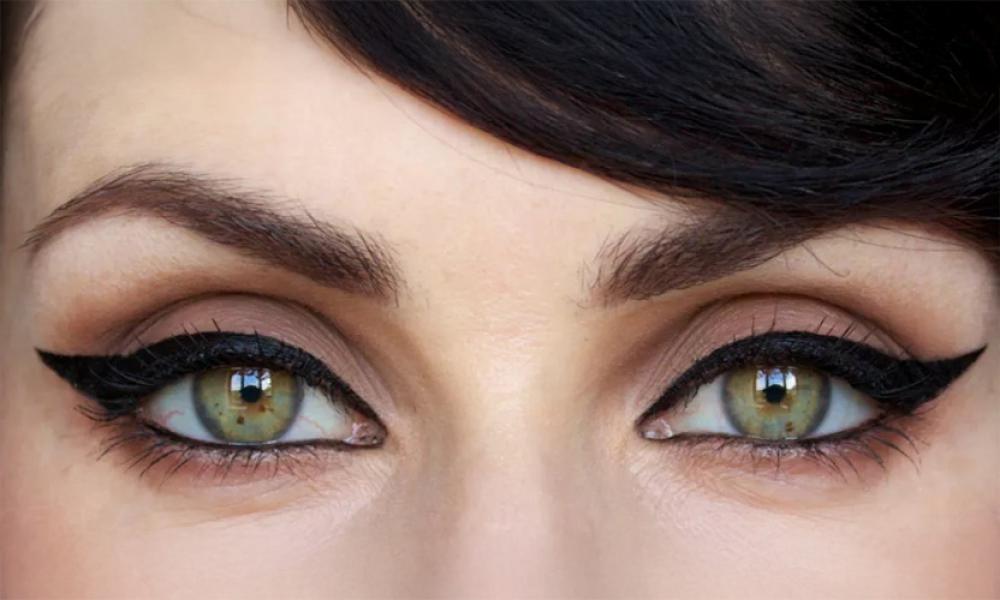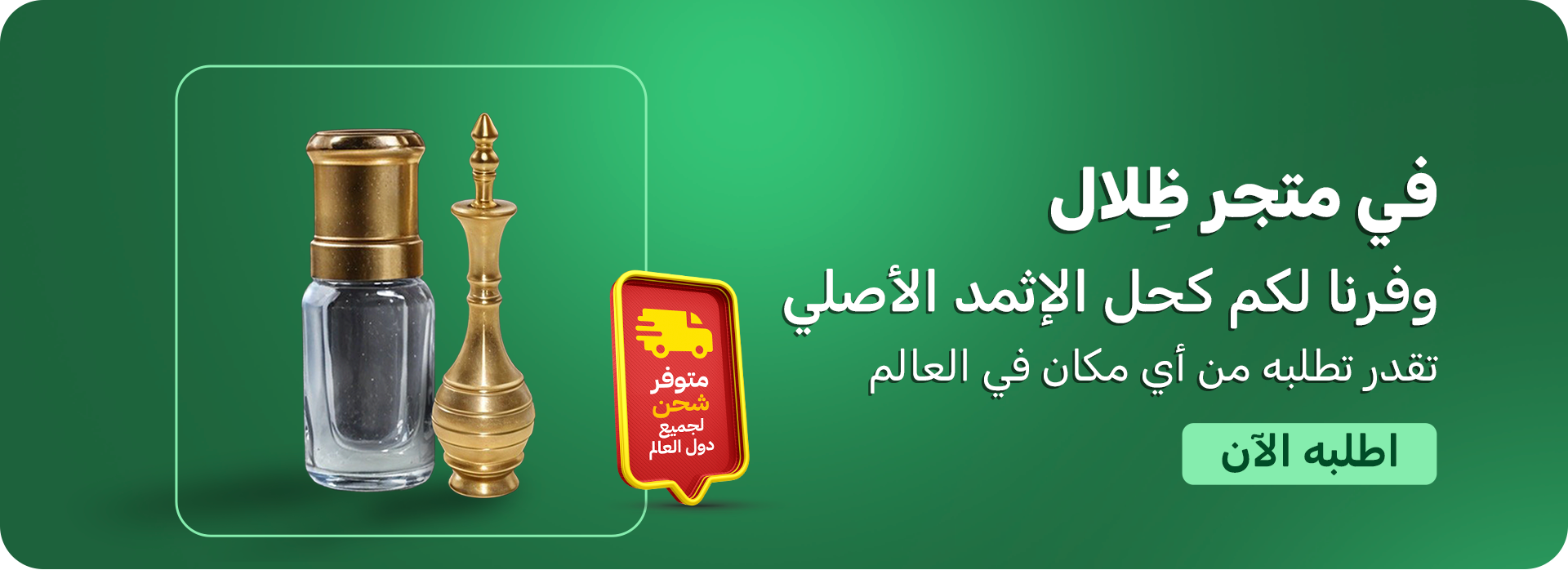Kohl, also known as Arabic kohl, is one of the most important types of kohl due to its many benefits. It is used to protect the eyes and can also be used as a form of adornment for both men and women.
Kohl is extracted from kohl stone found in Isfahan (in Iran), Morocco, the Levant, and Yemen. Kohl occurs naturally in silver, like the kohl stone found in Morocco, or dark red, like the kohl stone found in the Levant, but the finest kohl stones are those found in Isfahan. Genuine kohl is produced by grinding and crushing the kohl stone into a fine, black powder.
The Prophet, peace and blessings be upon him, used to apply kohl and recommended its use for its great benefits, such as treating eye inflammation and strengthening the eyesight of the elderly.
Benefits of kohl
Kohl has many benefits, including:
Kohl to strengthen eyesight
Kohl helps strengthen eyesight and cleanse the eyes by protecting them from infections and ulcers, so it is recommended for the elderly who suffer from poor eyesight.
Kohl to stop internal eye bleeding
Kohl helps stop internal eye bleeding, treat eye injuries, and treat excessive tearing.
Kohl to protect the eyes
Kohl has the ability to protect the eyes by killing germs and bacteria that may be exposed to them. It is also effective in killing some parasites. A 2009 study published in the Journal of Medicinal Chemistry demonstrated that kohl compounds are used in the treatment of leishmaniasis.
Kohl for eyelashes
Kohl is used for eyelashes, as it helps them grow because it contains many compounds that stimulate the hair follicles, thus making the eyelashes longer and thicker.
Kohl for hair
Kohl is also used for hair, as it has the ability to treat non-hereditary baldness by stimulating hair follicles, in addition to its use in treating alopecia.
Kohl for cosmetics
Kohl is used as a form of adornment to enhance the beauty of the eyes, and it does not harm the eyes like other types of kohl.
How to use kohl
Kohl is not only used by women, but men can also use it, not for decoration, but for the many benefits mentioned above.
How to use kohl for the eyes
Kohl comes in powder form. This powder is placed in a special container and accompanied by a special stick.
Dip the stick into the kohl container to take the appropriate amount of kohl, then draw a line above the upper lashes and below the lower lashes.
Since kohl is a very fine powder that spreads easily, it is not easy to apply to the skin, so it is recommended to first dip the stick in castor oil and then dip it in the kohl container.
If you want to use kohl inside the eye, you must first dip the stick in water and then in the kohl container.
If you wear contact lenses, you must use eyeliner before inserting them, as it may damage the contact lenses.
How to differentiate between original and fake kohl?
Genuine kohl can be distinguished from fake kohl by the following:
If you do not feel any irritation when applying kohl, it means that it is authentic, but if it causes any redness or sensitivity to your eyes, it means that it is fake.
Adulterated kohl causes allergies and runny nose.
Kohl heals the eyes and strengthens vision, while adulterated kohl harms the eyes.
Kohl is known to be found in Isfahan, Morocco, Yemen, and the Levant, so look for the country of origin on the outer packaging.
Original kohl is expensive, while fake kohl is cheap.
Kohl is produced by grinding and crushing naturally occurring kohl, such as the silvery Moroccan kohl or the reddish-black kohl found in the Levant. Counterfeit kohl is made from synthetic stones or from a powder dyed black to make it look like the real thing.
The best way to ensure you get authentic kohl is to buy raw kohl and crush it into a fine powder. Then mix it with castor oil, olive oil, or rose water and keep it in the refrigerator for later use.
A simple test to check if kohl is real or fake
Anyone can use this simple, DIY test to help determine whether a product is authentic. All you need is a magnet and a piece of paper.
Pour some of the product (kohl) onto the paper.
Hold the paper with the eyeliner on top so you can turn the magnet underneath.
Start at the bottom of the powder area and move the magnet slowly.
If the kohl is genuine, the magnet will have no effect.
On the other hand, if it moves with the magnet, then the product is probably not authentic.
This is a popular test among kohl dealers and enthusiasts. Although it is difficult to determine the basis on which this test works, it is likely that the high lead content of adulterated kohl may be the reason it attracts a magnet.


